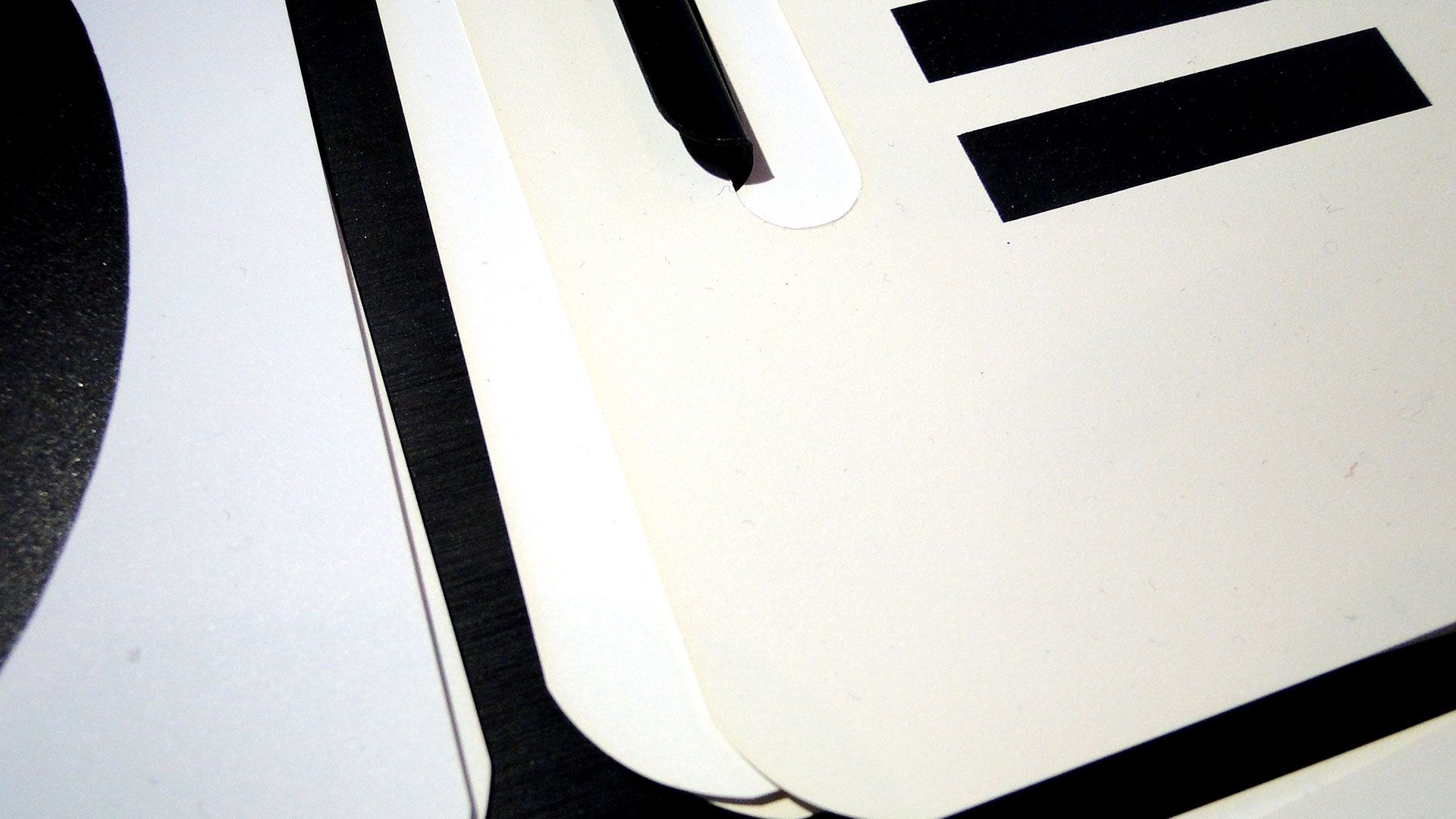Plastics
Non-plasticized Polyvinyl Chloride (PVC - U)
General information
Description
Non-plasticized Polyvinyl Chloride (PVC-U) is one the most used and cheapest plastics. Contrary to P-PVC it does not contain much plasticizer. This makes the material harder and more rigid. It can be clear and transparent to opaque. Nowadays it is used as a 3D-printing material.History
While PVC-P was already commercially available in the 1930s, PVC-U was first used in 1946 for the production of dolls and other toys.Production, Application, Appearance
PVC-U is used in many products. Best known are possibly the grey drain pipes and yellow electricity pipes. U-PVC is applied in rigid foam board, for window frames, and flooring. Since 1952 the co-polymer with PVAc is used to make vinyl records (LP). Also credit cards are made of PVC / PVAc.Properties
Material properties
ThermoplasticDensity: 1.37-1.43 g/cm3
Melting point: 103-230°C
Glass transition temperature: calc.=81-82°C; exp.=82-87°C (rigid)
Identification properties
Cell structure (foam): closedSmell: no characteristic smell
Touch: no characteristic touch
Sound: no characteristic sound
UV-radiation (when clear): fluoresces clearly blue or yellow
Polarizing filters (for clear): does not produces a colour pattern; film can look somewhat brownish and white / greyish.
Degradation
Process
Photo-oxidation.Details
PVC-U is not considered a problem plastic. It can emit harmful compounds (Hydrochloric acid, HCl) upon ageing and when burnt.Symptoms
Discolouration, tears.Susceptibility
UV-radiation: MediumLight: Medium
Oxygen/Ozone: Low
Temp: Low
RH: Medium (fluctuations)
Preventive conservation
Recommendations
UV-RADIATION: keep below 75 µW/lm UV filter for daylight and fluorescent light - reduce intensityLIGHT: 1 slight change in approx. 30 Mlx.h Moderate light dose - control intensity and exposure time
OXYGEN / OZONE: ambient conditions
TEMP: common indoor conditions 10-30°C
RH: common indoor conditions 30-70% RH fluctuations: setpoint ±5% allowing seasonal fluctations between 35-65%
—
PVC-U does not have the problem of migrating plasticizers. Literature (Y. Shashoua) recommends to store it at low RH with zeolites. Avoid direct contact with other materials.
Other names
- PolyOne
- Darvic
- Vinyl




